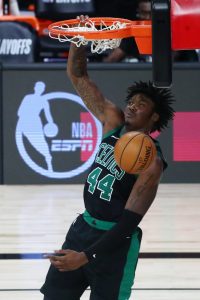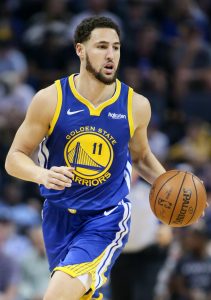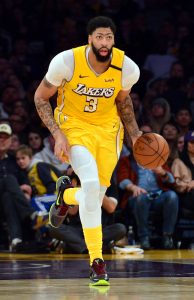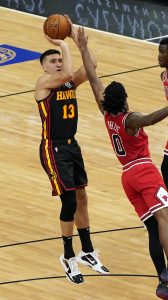The deadline for teams to exercise the third- and fourth-year team options for 2021/22 on players’ rookie scale contracts is Tuesday, December 29, meaning that clubs who have yet to finalize those decisions will have to do so today or tomorrow.
Most clubs with options to pick up have already done so, and in many cases those decisions were no-brainers. Luka Doncic (Mavericks), Ja Morant (Grizzlies), Trae Young (Hawks), and Shai Gilgeous-Alexander (Thunder) are among the players whose 2021/22 options have been exercised, and as long as they remain on their rookie contracts, they’ll be among the best bargains in the NBA.
With the help of our tracker, here are the option decisions that have not yet been announced or reported, with Tuesday’s deadline looming:
Boston Celtics
- Romeo Langford (third year, $3,804,360)

- Robert Williams (fourth year, $3,661,976)
- Grant Williams (third year, $2,617,800)
Golden State Warriors
- Jordan Poole (third year, $2,161,440)
Los Angeles Clippers
- Mfiondu Kabengele (third year, $2,174,880)
Minnesota Timberwolves
- Jarrett Culver (third year, $6,395,160)
- Josh Okogie (fourth year, $4,087,904)
New York Knicks
- Omari Spellman (fourth year, $3,588,845)
Philadelphia 76ers
- Matisse Thybulle (third year, $2,840,160)
Washington Wizards
- Jerome Robinson (fourth year, $5,340,916)
- Troy Brown (fourth year, $5,170,564)
- Rui Hachimura (third year, $4,916,160)
- Moritz Wagner (fourth year, $3,893,618)
The fact that these option decisions haven’t been formally finalized yet doesn’t mean they won’t be easy calls. For instance, there’s no chance that the Sixers are going to decline their third-year option on Thybulle — they just haven’t made it official yet.
However, not all of these options are locked to be picked up. The Knicks, for instance, previously exercised their options on RJ Barrett and Kevin Knox but didn’t do so for Spellman. Teams almost always announce all their option pick-ups at once, so the fact that Spellman wasn’t included in that press release is a strong sign that New York will make him an unrestricted free agent in 2021.
Meanwhile, Poole’s option is the least expensive on this list and is barely worth more than the minimum, but even at that price, the Warriors have a tough decision to make. Poole has been relatively ineffective so far (.334/.277/.805 shooting in 60 games) and Golden State’s roster is expensive. The team has to determine whether it makes sense to continue investing in Poole’s development next season, or whether a minimum-salary veteran should get his spot on the ’21/22 roster.
I think most of the other options listed here – with the possible exception of Wagner’s – are more likely to be exercised than declined, but it’s possible there will be a surprise or two. It’s worth noting that turning down an option doesn’t mean the team can’t re-sign the player in 2021 free agency — it just means they can’t offer a starting salary higher than the value of the declined option.
Photo courtesy of USA Today Sports Images.




